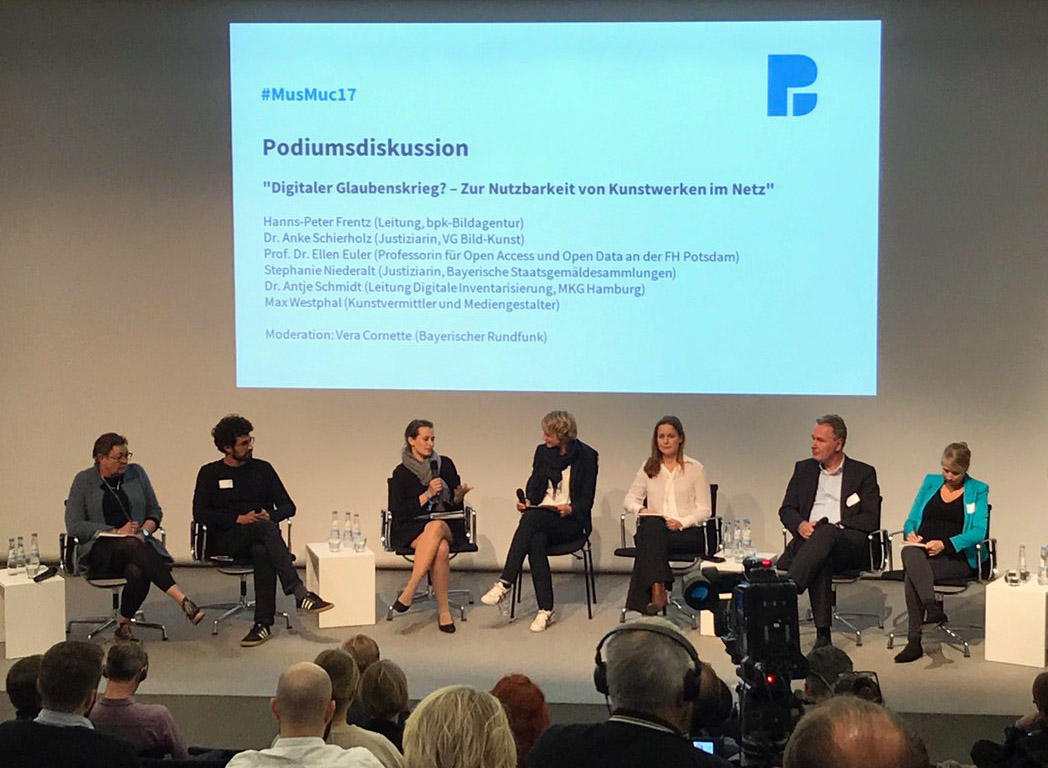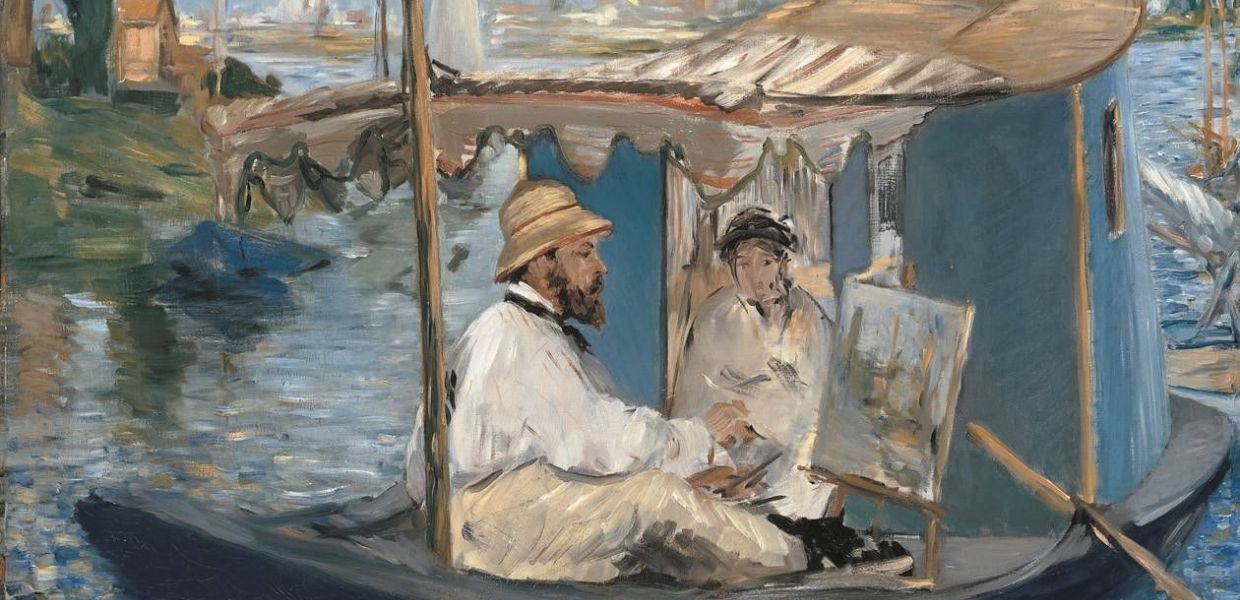Insights from a landmark year at the Pinakotheken
Last year Munich’s Pinakotheken launched a new collections website, participated in #SunflowersLive and convened a major conference. Antje Lange talks Douglas McCarthy through a landmark 2017 and shares her plans for this year.
Tell us about your role, Antje.
I act as ‘editor in chief’ of the Pinakotheken social channels and websites. I’m responsible for the day-to-day management of digital activities including apps, social media and our collections website. I try to be a kind of ‘human bridge’ between our museums and outside world, providing audiences with the best possible experience and keeping our collections alive in the digital age.
18 museums, 25,000 artworks, one collection is the motto of the collections website you launched last April. How did this project come about and who was involved?
By 2017, most major museums already had good collections websites to showcase their artworks. We were long overdue to join the club but issues with our internal database held us back. Our public demanded – and deserved – a proper collections website and, more than once, our Twitter followers provided helpful ideas and encouragement.
Aside from technical challenges, some curators were reluctant to expose all of our 25,000 artworks on a single platform, including 17,000 works in storage and 4,000 works on permanent loan! Once our Director General Dr. Bernhard Maaz had approved the project, I created an external team to design and develop the website. It took about six months in total (excluding the planning phase).
What are your aims for the site?
Our main goal is to present people with the essential facts concerning the artworks and to make them look attractive. I don't like the idea that our collection might resemble a boring database solely for art historians and researchers. Don’t get me wrong – they’re welcome to use the site for research but it should also be useful and enjoyable for the general public. So the principles of usability, accessibility and responsive web design are paramount.
How has the site been received and how will it be developed?
We’ve had lots of positive feedback on our social channels and several students have written to say ‘thank you’ for being able to use images in their doctoral theses. As soon as we launched, I began gathering new ideas and people tweeted me suggestions. I find his feedback really helpful and I try to implement ideas as best I can. We’re about to launch an advanced search function so look out for that. You might say that websites are never really finished!
Can we look forward to seeing the Pinakotheken collections in Europeana?
The short answer is ‘Yes!’ but it’s a work in progress.
You hosted a conference called ‘Museums in the Digital Sphere: Opportunities and Challenges’ which addressed the needs of 21st century museum visitors and issues like open access to digitised collections. What was its impact in the context of German museums?
Firstly, it was important to ensure that smaller museums and the public could join the event, so it was free of charge. We wanted to create an atmosphere in which everyone could share their day-to-day challenges concerning databases, missing resources and the challenges of copyright management. We also wanted to showcase positive examples of art education and creativity born from online collections.

Panel discussion at Museums in the Digital Sphere, Pinakothek der Moderne, 6 October 2017
The impact of the conference was huge. Discussions with other major German museums and artists’ estates began afterwards and still continue. Displaying images of modern art in our collections is problematic due to the restrictions of copyright law but we’re working on a compromise to allow us to publish our in-copyright modern artworks (all 15,000 of them!). This would mean we could share our whole collection with the public online.
What’s coming up at the Pinakotheken in 2018?
Paul Klee: The Construction of Mystery will be the first major exhibition of Paul Klee’s work to be held at the Pinakothek der Moderne. The focus of the exhibition is the 1920s, when Klee responded to the challenges of modern technology and its impact on artistic creativity. I’m working on an app that will use your phone camera to let you create artworks based on your photos and Klee's work. Special Klee-inspired filters and stickers will help you understand Klee better and let you dive into his world. So look out for #ConstructKlee!

